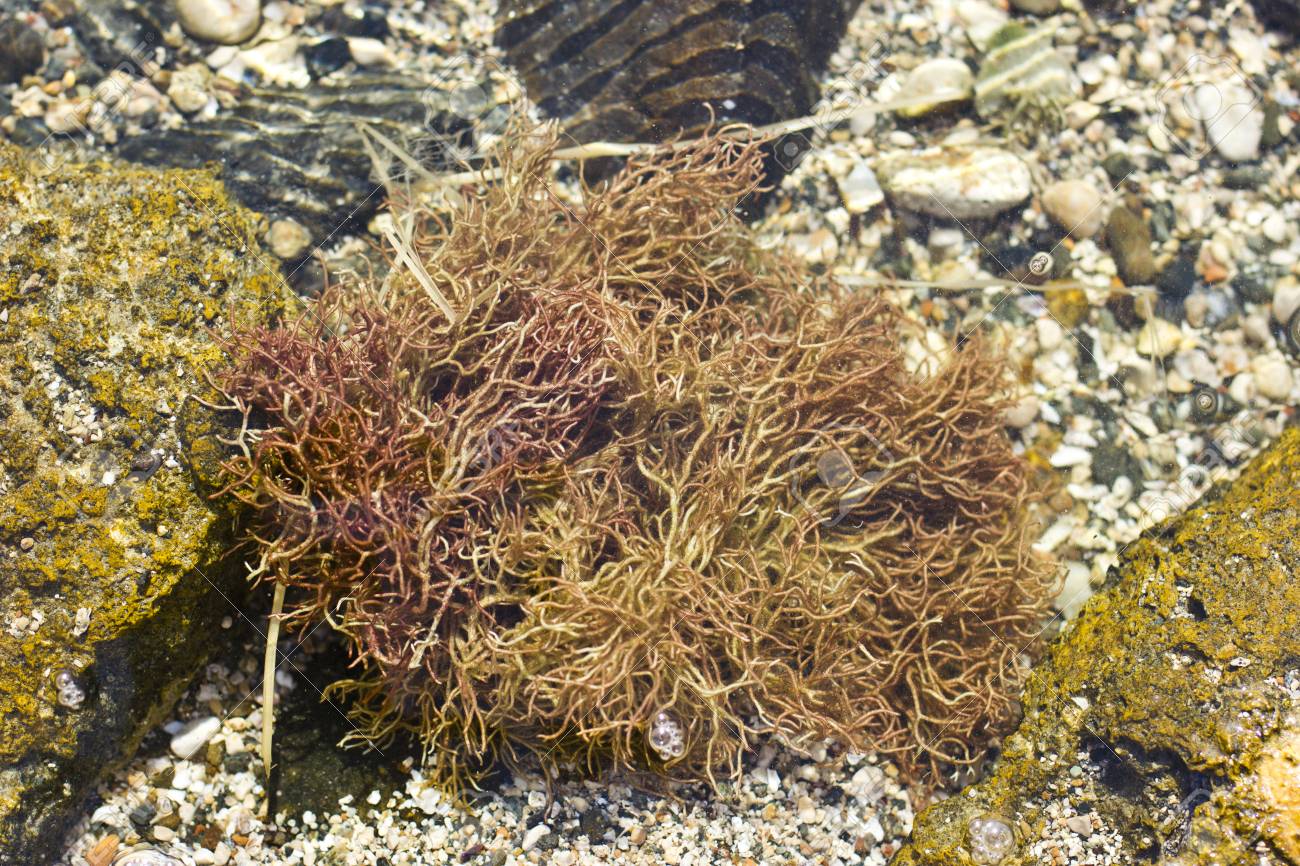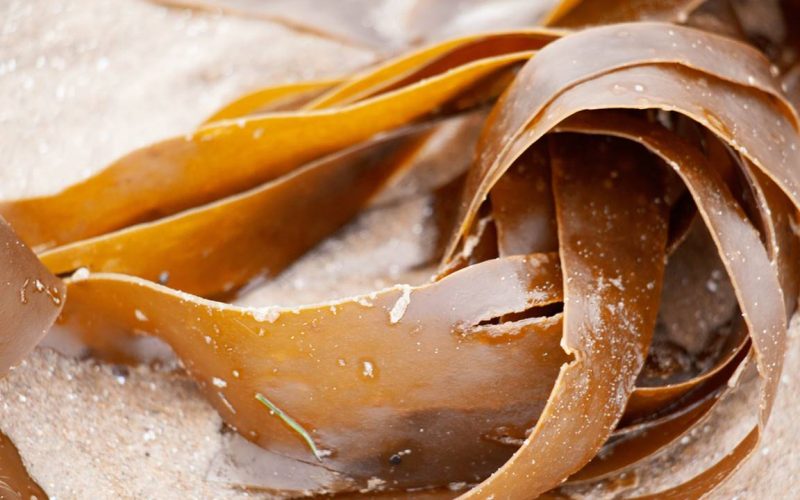Brown algae are a fascinating group of marine organisms that play a crucial role in aquatic ecosystems around the world. These algae, also known as phaeophyceae, are known for their distinctive brown color and wide variety of shapes and sizes. From giant forest kelp to tiny seaweeds that cling to rocks, brown algae are an integral part of life in the oceans and seas.
Their presence is vital not only for marine biodiversity, but also for various human uses, from food to the cosmetics industry. We will explore further what brown algae are, how they are used and where they can be found.
Discovering brown algae: description and characteristics
Algae of this type are a diverse group of photosynthetic organisms belonging to the phylum Phaeophyta. Unlike red and green algae, brown algae are distinguished by their brown pigmentation, which is due to the presence of pigments such as fucoxanthin. These algae are multicellular and can vary considerably in size and morphology , from small species that grow on intertidal rocks to giants such as kelp, which can reach heights of more than 50 meters.
Structurally, these algae usually have a complex thallus, composed of a system of rhizoids for attachment, a stipe that provides support and a blade or frond that carries out photosynthesis. This structure allows them to survive in a wide variety of marine habitats, from shallow waters to intertidal zones and ocean depths.

Use of brown algae in various sectors
Algae of this variety have a wide range of applications in different sectors, making them an invaluable resource for both humans and marine ecosystems. Some of the most common uses include:
- Food : Many species of brown seaweed are edible and consumed around the world. From wakame seaweed in Japan to kombu in Korea, these algae are a rich source of nutrients, including minerals, vitamins, and antioxidants. They are also used as ingredients in a variety of dishes, including soups, salads, and sushi.
- Pharmaceutical industry : Brown algae contain a wide variety of bioactive compounds with potential medicinal properties. These compounds have been studied for their ability to combat diseases such as cancer, diabetes, and cardiovascular disease. In addition, they are used in the production of dietary supplements and pharmaceutical products.
- Cosmetic industry : Brown algae extracts are commonly used in the cosmetic industry due to their moisturizing, antioxidant and anti-inflammatory properties. They can be found in a variety of skin and hair care products such as moisturizers, face masks and shampoos.
- Fertilizers and soil improvers : Brown seaweed extracts are used as organic fertilizers and soil improvers in agriculture. These extracts are rich in essential nutrients and plant growth promoting compounds , which helps in increasing crop production and improving soil health.
Places where it is usual to find these algae
Algae of this type are found in a variety of marine habitats around the world, from cold and temperate waters to tropical ones. Some of the most common places where these algae can be found include:
- Intertidal zones : Algae of this type are common in intertidal zones, where they are exposed to the air during low tide and submerged underwater during high tide. These areas are rich in nutrients and provide an ideal habitat for a variety of brown algae species , such as kelp and brown seaweed.
- Kelp Reefs : Kelp reefs are unique marine ecosystems found in cold and temperate waters around the world. These reefs are home to a diversity of marine life, including fish, crustaceans, and mollusks, which depend on kelp as a source of food and shelter.
- Deep water : Some species of brown algae are found in deep water, where sunlight is limited . These algae have developed adaptations to survive in low-light conditions , such as additional pigments that allow them to capture available light more efficiently.
- Rocky shores and seabeds : Brown algae are common on rocky shores and seabeds, where they can be found attached to rocks, hard substrates or sediments. These habitats provide a stable and protected environment for the growth of brown algae, which can form dense underwater forests that are home to a variety of marine life.
Visit popular Galician games .

